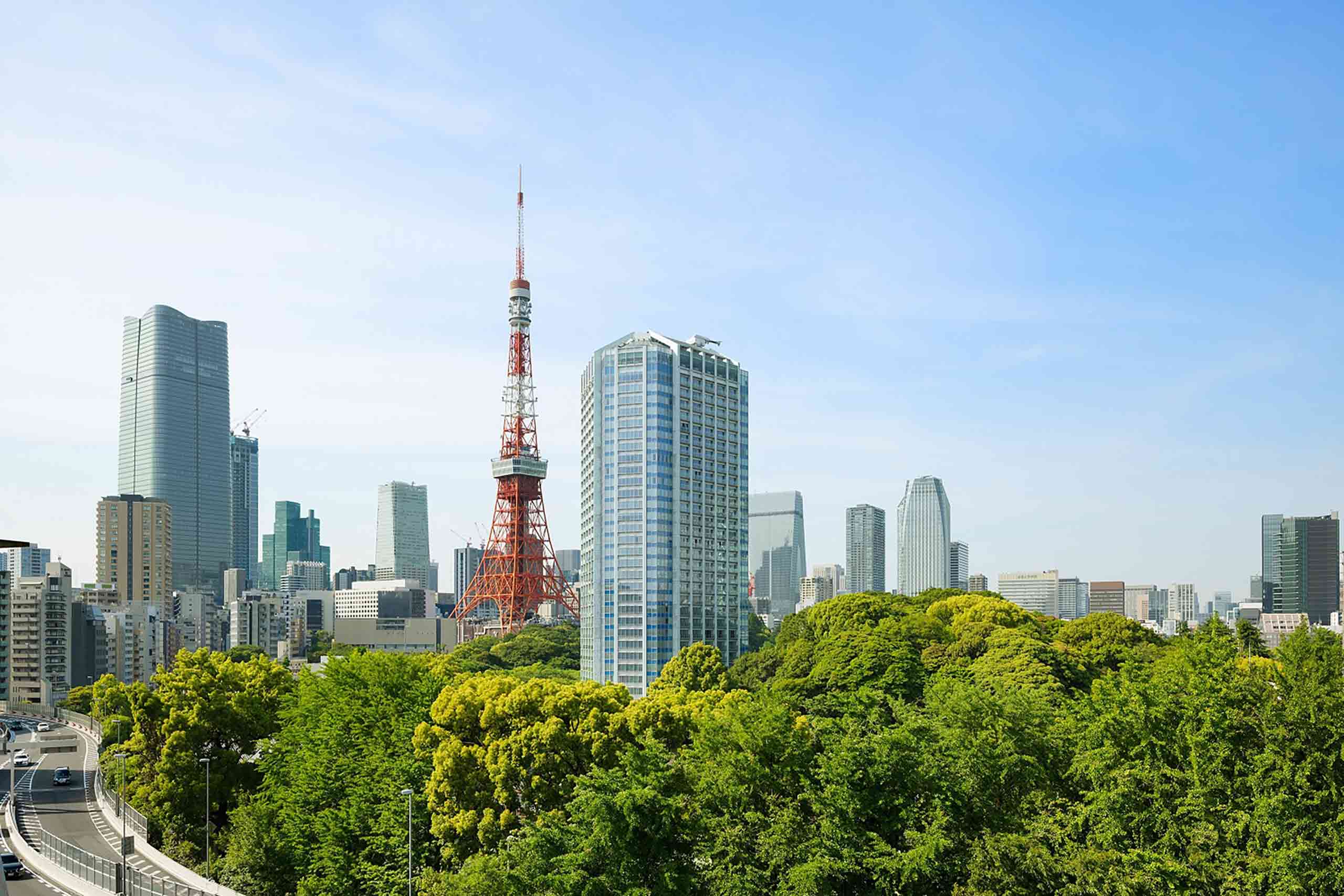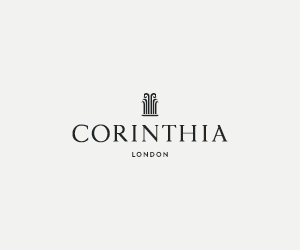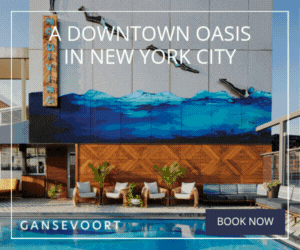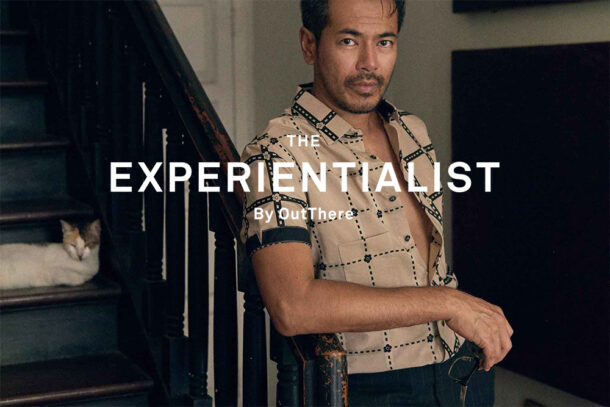Many hotels claim to be in the heart of Tokyo, but this one can do so rightfully, cradled by the lush greenery of historic Shiba Park and standing proudly at the foot of the iconic Tokyo Tower. The Prince Park Tower Tokyo is a modern-day, 33-storey, high-rise palace that offers a sanctuary from the city’s constant rhythm – its sprawling grounds, towering stature and air of grandeur are reminiscent of an era of refined hospitality, when opulence and sheer scale signified prestige.
Approaching the hotel through the park felt almost cinematic. Shiba Park itself is steeped in legend, said to be a place where the shoguns and samurais of the Tokugawa shogunate once trained under the shade of the ancient, giant ginkgo tree. Today, it remains a place of respite, a ‘green lung’ in Tokyo where couples come to share quiet moments, youth extend their arms for selfies bound for social media and joggers navigate winding paths that eventually spill out onto the Prince Park Tower’s grounds. And what a sight they were for us weary travellers after a long flight: an expanse of landscaped gardens, water features and of course, the ever-present gaze of Tokyo Tower, with its lattice-like structure painting the sky in vivid red and white.
Stepping into the lobby, we were immediately struck by the hotel’s grandiose scale. Marble floors gleamed beneath crystal chandeliers, and bowing staff in impeccably pressed uniforms moved with synchronised precision. While this polished performance all seemed a touch formal, it was undeniably an impressive operation. The hotel’s sheer size – with its just over 600 rooms, extensive conference facilities, gliding glass elevators and labyrinthine corridors – may not be for OutThere readers seeking a more intimate, boutique experience, but for those who love the energy of a large, international hotel, the Prince Park Tower Tokyo is certainly hard to beat.
The accommodations at the hotel are as varied as they are plentiful. Rooms start at a generous size by Tokyo standards on its Park Floors and climb through a complex array of categories all the way up to its Royal Floor.
We’ll let you in on a little secret: the higher the floor, the more showstopping the rooms… except those on the Garden Floor at ‘ground level’ (it’s sometimes hard to tell in Tokyo what floor is truly the ground floor), which houses ‘Japanese-Western’ suites each coming with their own little Japanese garden. They come complete with ryokan-style tatami floor, but an elevated bed in a separate bedroom, in case a futon on the floor is not one’s sleeping style.
Our 30th-floor Premium Club Floor King room had floor-to-ceiling windows that perfectly framed the Tokyo Tower and the surrounding cityscape. But under the hotel’s “A Part of the Park” concept, they have taken advantage of their location above Shiba Park to create open layouts that make rooms feel like they are actually part of the park. This offered both a taste of Tokyo’s urban vibrancy and its natural calm. The décor was classic and timeless, with an emphasis on comfort and functionality. Soft neutrals, warm woods and plush bedding created a calming retreat after a day of exploring the bustling city. And if you’re not inclined to leave the hotel – like us recovering from jetlag (or just ‘cos) – Club Floor guests benefit from a full suite of services, such as the Premium Club Lounge, which offers complimentary snacks and drinks throughout the day.
Another reason we found it hard to leave was the in-room view of Tokyo Tower. By day, its form is an architectural marvel, a reminder of Japan’s post-war recovery and its ambition to match the likes of the Eiffel Tower in Paris. By night, the tower transforms into a beacon of light, its glowing façade a mesmerising sight from the comfort of your bed.
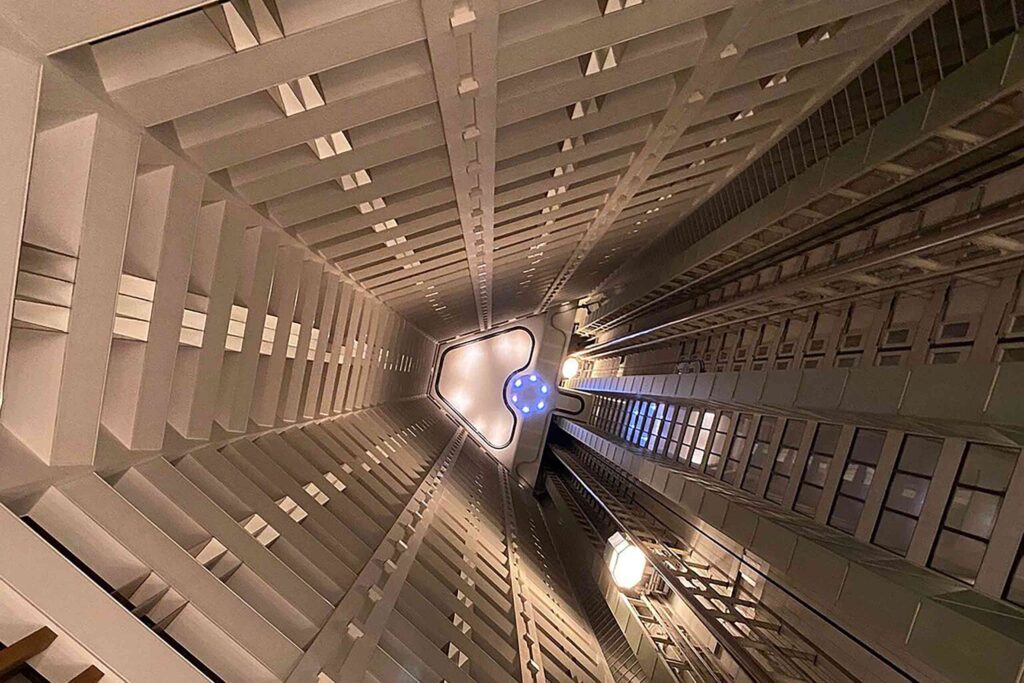
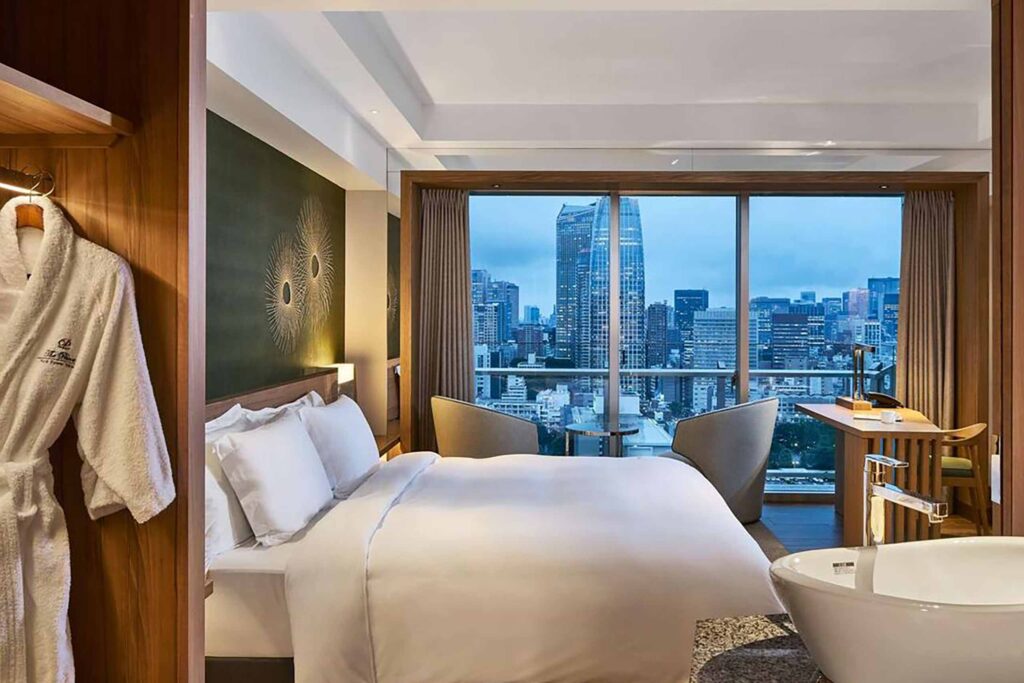
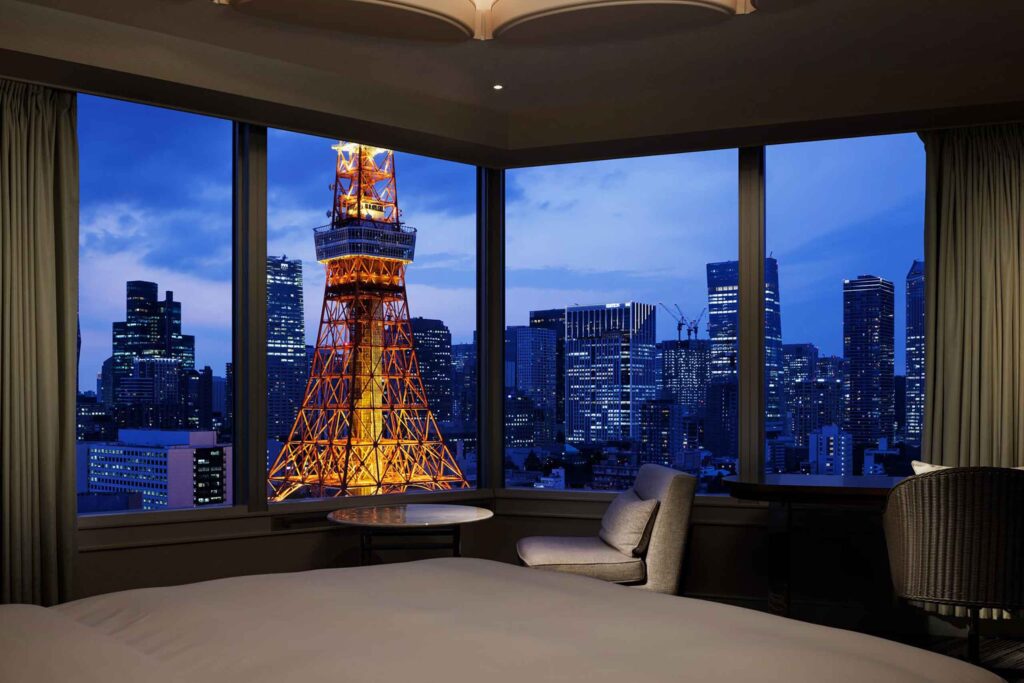
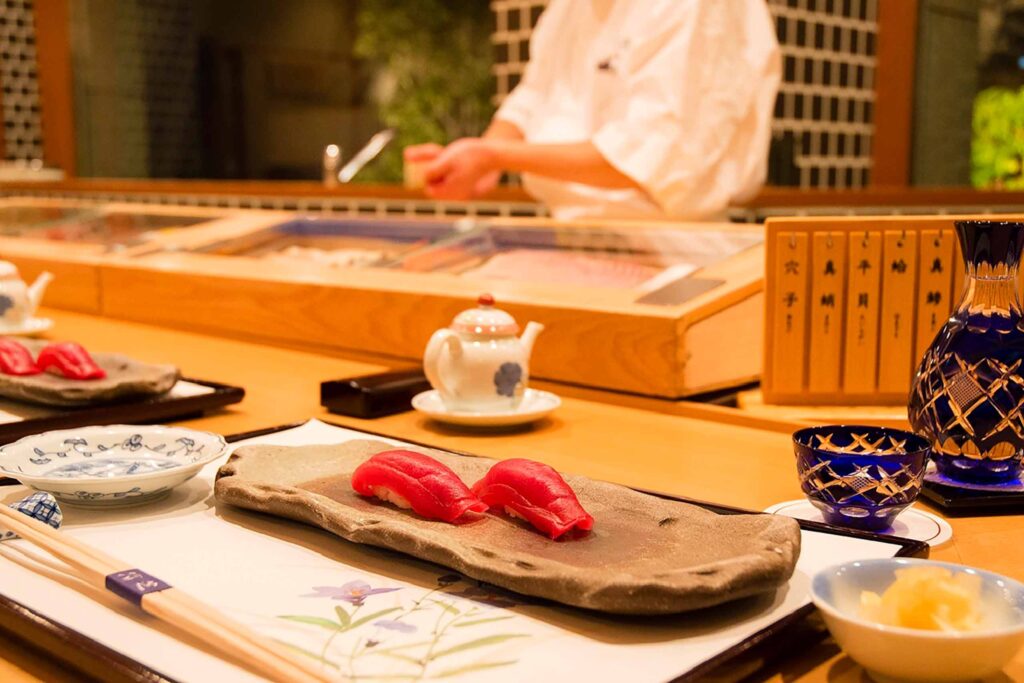
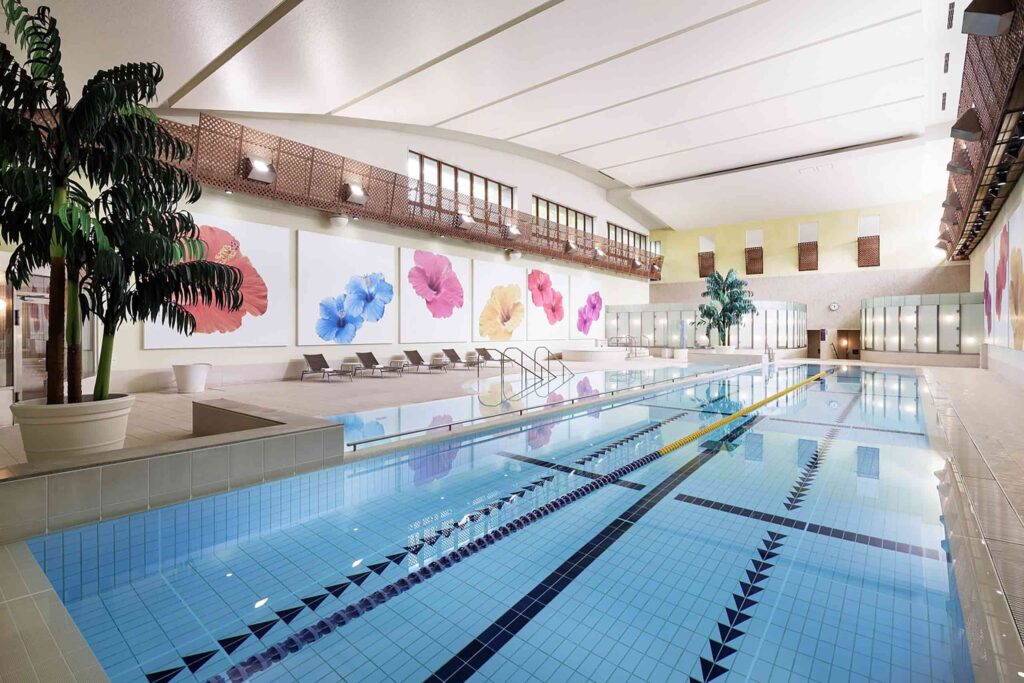
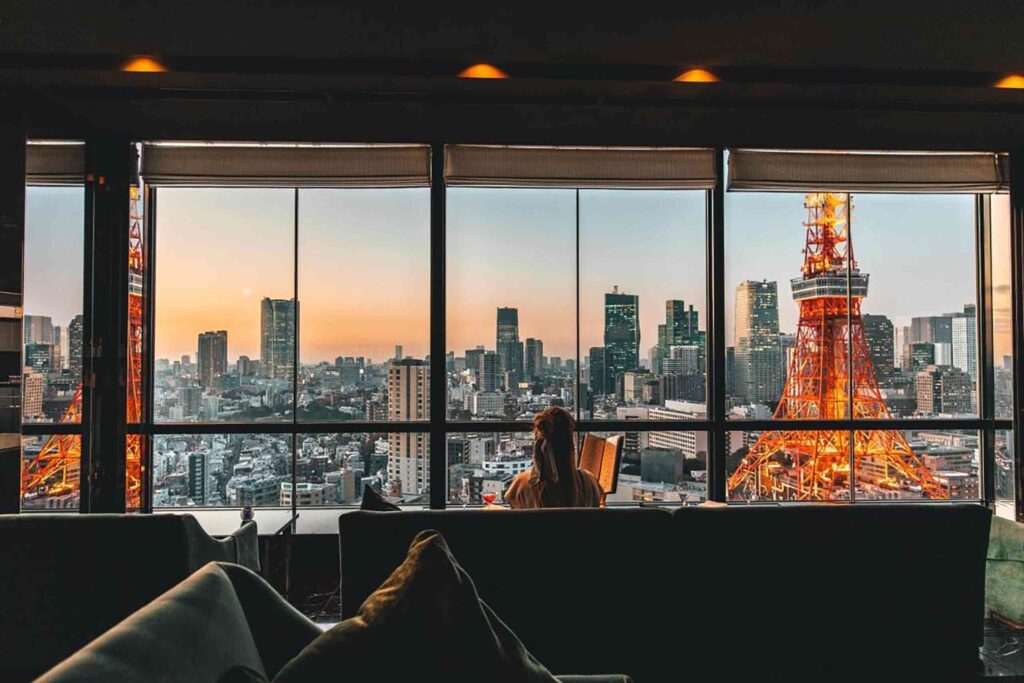
| Perfect for | Fly into | Right on time |
| The Sophisticate | NRT / HND | GMT +9 |
| While you’re Out There |
| The hotel’s location is a significant advantage. Being in Minato, guests are within easy reach of popular destinations like Roppongi, Ginza and the historic Zojo-ji Temple, which sits quietly in the shadows of the Tokyo Tower. It is the head temple of the 12th-century Jodo Shu (Pure Land Buddhism) sect, built in 1393 by monk Ishiyama Tenkai. Zojo-ji’s history is closely intertwined with the Tokugawa shogunate, the ruling military family that controlled Japan for over 250 years from 1603 onwards. Zojo-ji today remains a significant place of spiritual and cultural importance in Tokyo. Moreover, the temple, with its tranquil grounds and rich history, offers a poignant contrast to the modernity of its towering steel neighbour, highlighting Tokyo’s delicate balance of old and new. |
If you’re looking to splurge, a Corner Suite or Junior Suite on the same floor offer a great upgrade. The Princess Suite is the biggest on the floor, but we didn’t quite appreciate its sky-blue colour palette. On the 32nd (Royal) floor, there are three suite types to choose from, but while opulent, they are rather Baroque in style and very traditional, even by European standards.
The hotel’s facilities were as sprawling as the building itself. The fitness centre was fully equipped with modern machines, and the hotel’s spa offered a range of treatments that draw on both traditional Japanese and contemporary wellness practices. The heated pool, too, offered a serene escape, albeit more suited to lap swimming/exercise than taking a dip. There was also a bowling alley and a karaoke/party room. Well, why not?
The Prince Park Tower boasts a dozen dining outlets, each serving up a distinct experience. There was an array of Japanese dining options which touted their own specialities – from the Katsura Teppanyaki steak house to Torishiba Yakitori grill, to Tenshiba Tempura, to Hamashiba Sushi, to Shibazakura, a fine-dining restaurant. If we were ever to tire of Japanese cuisine (we didn’t), we could have also opted for Chinese or French.
Stellar Garden, the hotel’s plush sky lounge, is its crown jewel. At lofty heights, we sipped on beautifully mixed drinks as the sun set behind the Tokyo Tower, the city’s lights twinkling into life below. It’s a spectacular place to grab a cocktail or five. Back down at park (perhaps ‘ground’!) level, the hotel had recently transformed its traditional wedding ‘chapel’ into a cocktail lounge, a direct response to Japanese people no longer opting for lavish, traditional weddings these days. It was a unique experience to sip cocktails while sitting on a tatami floor, looking out at the garden. From what the servers told us, they were doing far better business as a bar than they were as a wedding venue.
In Japanese culture, the “ojigi” – a deep, prolonged and respectful bow – is a powerful gesture that conveys many things, including reverence, respect and humility. Not only did we receive this countless times from the team during our stay at The Prince Park Tower Tokyo, but for us it represented the hotel’s approach to hospitality and service as well: an appreciation for legacy and formal rituals, where experience edges ahead of innovation and where there is a preference for refined, gilt-edged elegance matched by attentive, white-gloved service.
We understand, of course, that this sort of ‘sumptuous’ hospitality might not be for everyone. The property’s scale and more classic service style (despite it only being over 20 years old) may not appeal to those seeking a more contemporary or boutique stay aligned with the more modern, experiential facets of life in Tokyo.
At the Prince Park Tower Tokyo, heritage, hospitality and heart come together beautifully to create an experience as enduring as the view of the Tokyo Tower itself. Throughout our stay, we were both in the city and above it, and felt like guests in a grand home. While the hotel may carry whispers of a more traditional approach to luxury, it does so with grace and authenticity, and its charm is undeniable, particularly for those who appreciate the polished predilections of a world-class property.
Photography courtesy of Prince Hotels


